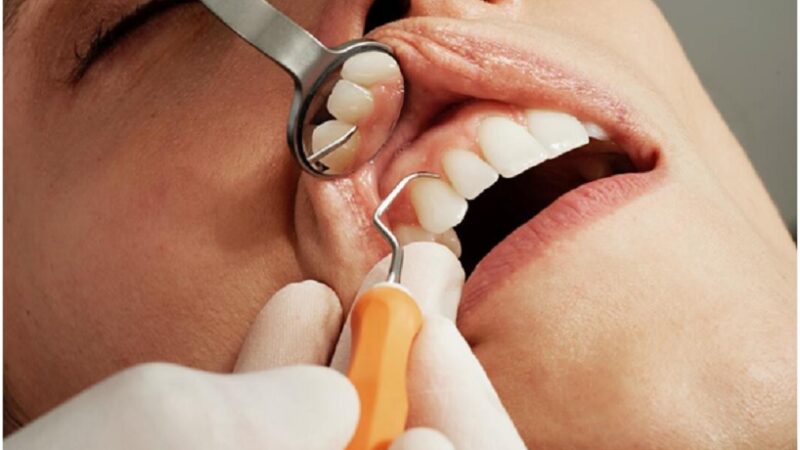Nearly 60 percent of Americans don’t have $500 available through their savings to deal with a financial emergency. That’s a troubling thought when you consider the incredibly long list of emergencies that could quickly exceed that threshold.
The first things that probably come to mind are a broken car part or household plumbing leaks. But maybe even more worrisome is the possibility of a medical emergency. Of all health conditions that trouble Americans, cancer is the one that keeps most of us up at night. A Mayo Clinic National Health Checkup survey conducted in 2016 found that more Americans viewed cancer as the biggest health threat to our country.
Cancer is more than just a fear for many Americans; it is a reality. According to the American Cancer Society, more than 1,650 people die from cancer every day in the United States. One out of every four deaths is due to cancer, making it the second leading cause of death behind heart disease. Cancer impacts our health in significant ways, but it can also have massive repercussions on a person’s or family’s financial emergency.
The Financial Burden of Cancer
Beyond the high rate of fatalities, cancer also hits Americans hard on the economic front. In total, the direct medical costs of cancer in the United States was over $87 billion in 2014. Due largely to our aging population, these costs are expected to increase in the coming years. Additionally, the impact of cancer goes well beyond direct medical costs. Cancer also affects our ability to earn an income, decreasing our capacity to work and requiring significant time off work.
Cancer is more prevalent among older adults, though the financial impact of cancer can hit younger patients even harder. Younger people tend to receive more aggressive treatments than their older counterparts, and they also deal with the physical and financial consequences for more years than older adults. If a younger person gets cancer and, thus, sees their professional lives disrupted, they may also experience a difficult time reentering the workforce.
Lack of Money Also Makes Us More Likely to Get Cancer
Obviously, cancer is more likely to cause financial hardship if you have less money available for care, but it turns out that a lack of funds can also make us more likely to get cancer. People who don’t have health insurance, or don’t have quality coverage, are less likely to take preventative measures like cancer screenings.
Around 30 million Americans don’t have health insurance. This group is much more likely to be diagnosed of cancer at a much later stage. That makes treatment more expensive, more intensive and, ultimately, less effective.
Medical Expenses Play a Big Role in Financial Problems
One in five American adults have fallen behind on medical bills. The problem is even worse for Millennials and Generation Xers, according the Urban Institute. About 25 percent of Americans under the age of 50 have past-due medical debt. Not surprisingly, the age groups with the highest level of medical debt are also the ones who have experienced stagnant wages in recent years.
There is also a connection between where you live and how much medical debt you may have. For example, over 37 percent of nonelderly adults in Mississippi have past-due medical debt. States with populations that have better access to insurance and expanded Medicaid have lower rates of adults with medical-related debt. But even those with insurance face difficulties paying debt. One survey found that over a quarter of those with health insurance said that it was difficult to pay medical expenses.
If medical debt goes unpaid, it can have a big impact on your credit score. This is especially true if that debt is taken over by a collection agency. In the future, the FICO 9 credit score, the latest version, will likely weigh medical-related collections less heavily than other types of debt, according to NerdWallet. Unfortunately, it could be a while before that system is used by lenders.
It is not uncommon for medical debt to be passed on to collection agencies. The Consumer Financial Protection Bureau conducted a study that found nearly 60 percent of people who had been contacted by a debt collector said it was related to medical services they had received.
Medical bankruptcy is also a common occurrence in the United States. Estimates vary on what percentage of overall bankruptcies are related to medical bills, largely because researchers find it difficult to distinguish between bankruptcies related directly to medical bills and those that are related to other financial emergency problems (i.e. job loss) that might have been worsened by medical bills.
Either way, it is likely that medical debt is one of the driving forces of a large percentage of U.S. bankruptcies. It makes sense that people facing large medical bills would turn to bankruptcy for relief. For many families, bankruptcy is a viable path towards financial emergency stability after suffering significant debt. The future of healthcare in the United States is in limbo, especially regarding health insurance availability. But it’s clear that medical debt will continue to plague many Americans who struggle to pay the bills. Cancer will also continue to present financial problems to those without adequate savings or excellent health insurance. If you haven’t started an emergency fund to deal with the fallout of a serious medical condition, it is never too late to plan for the unexpected.









